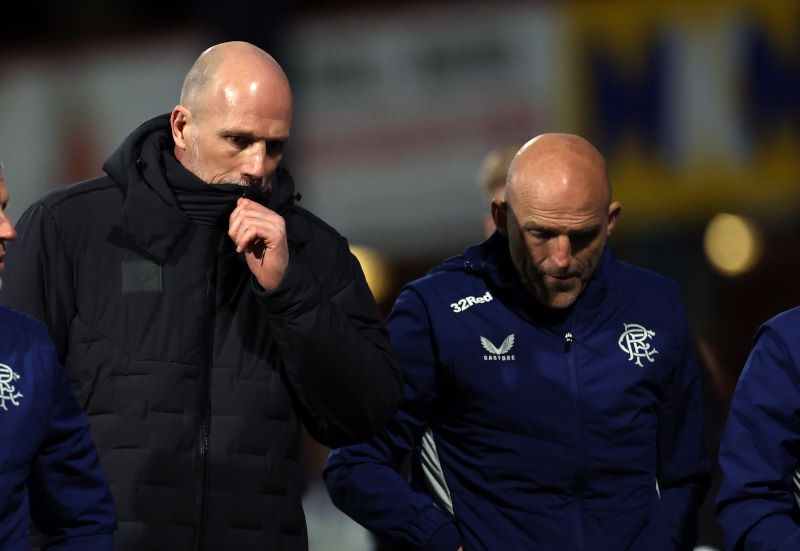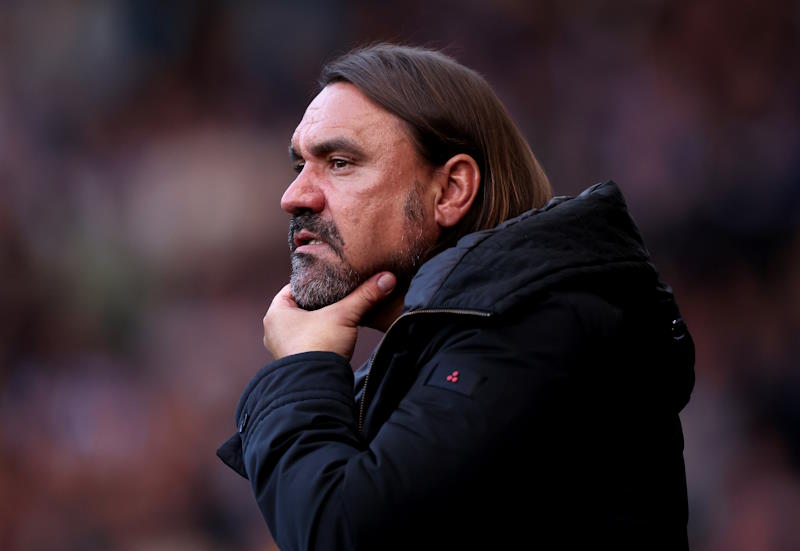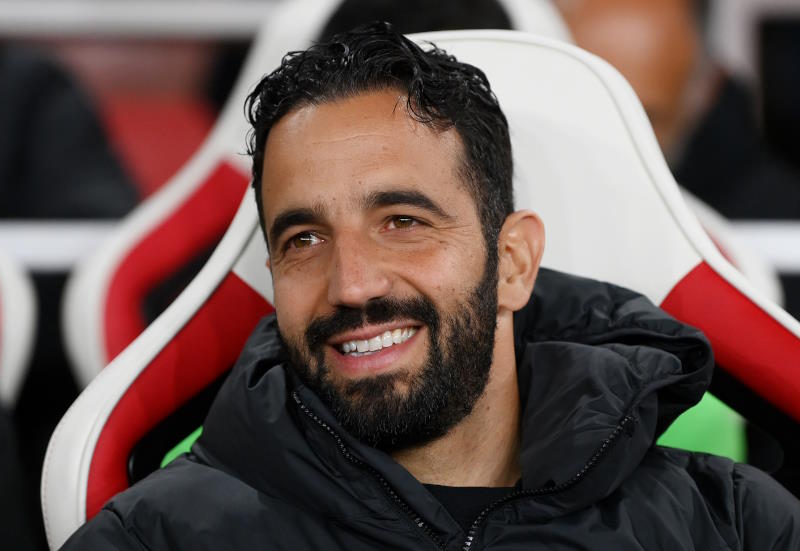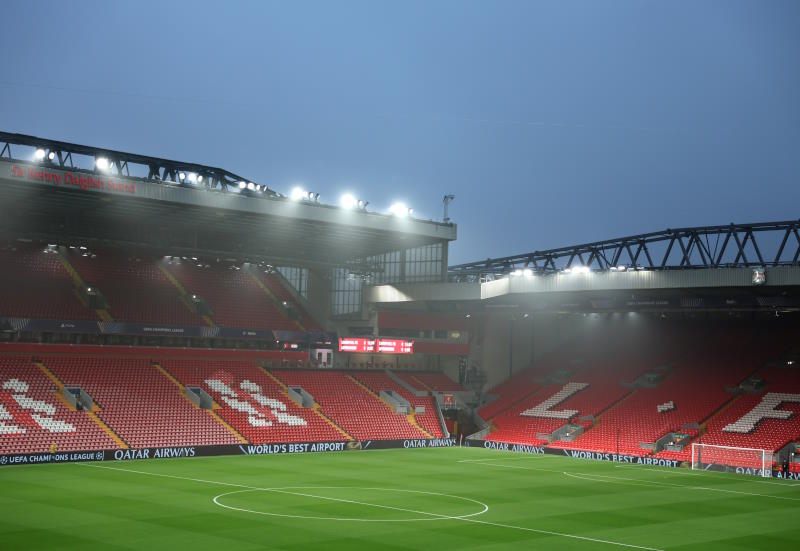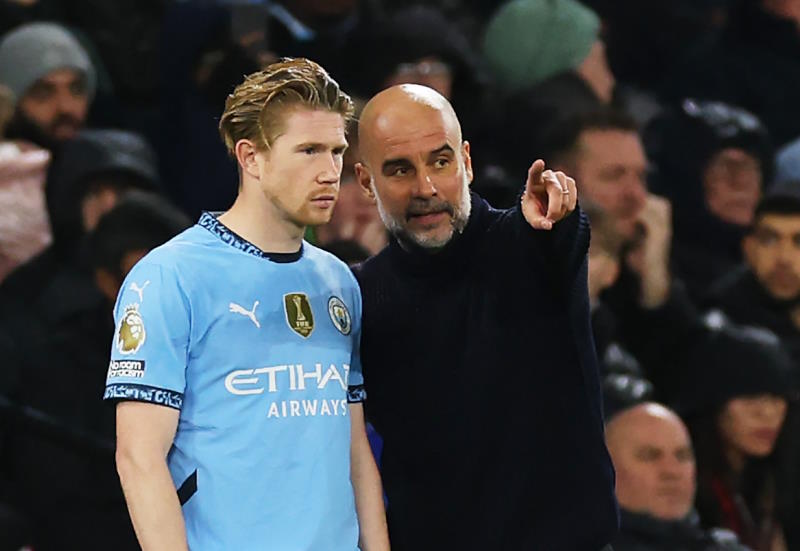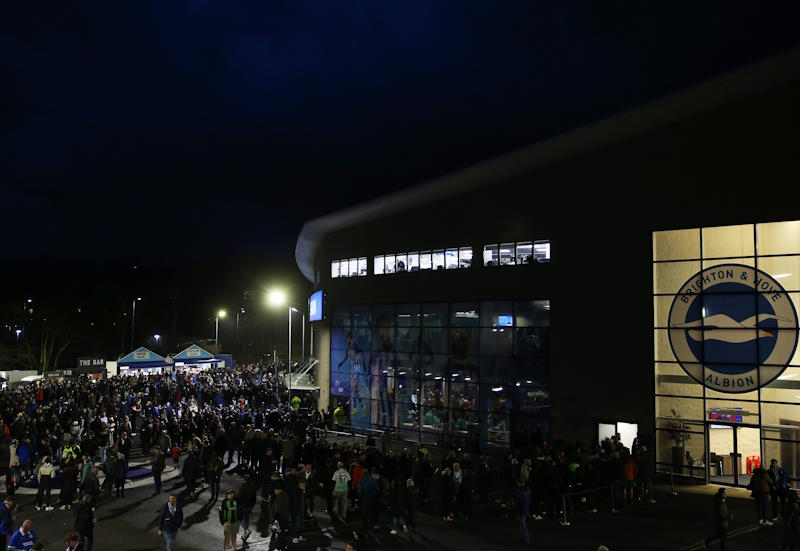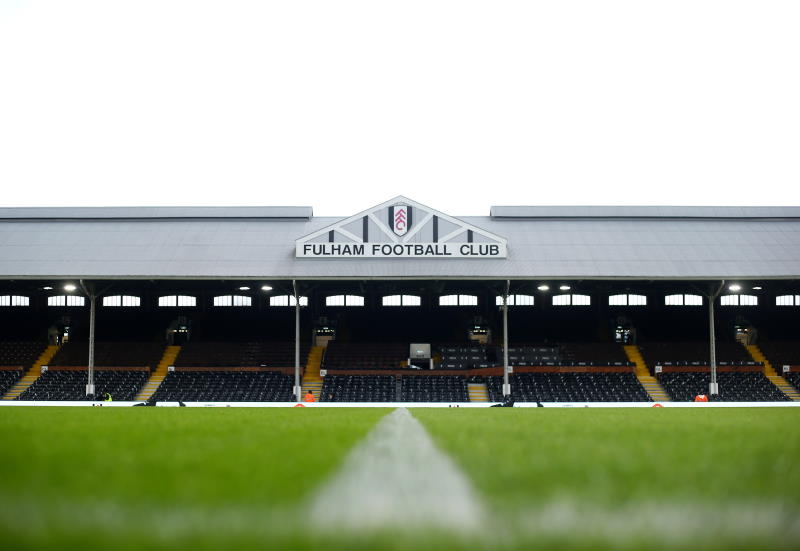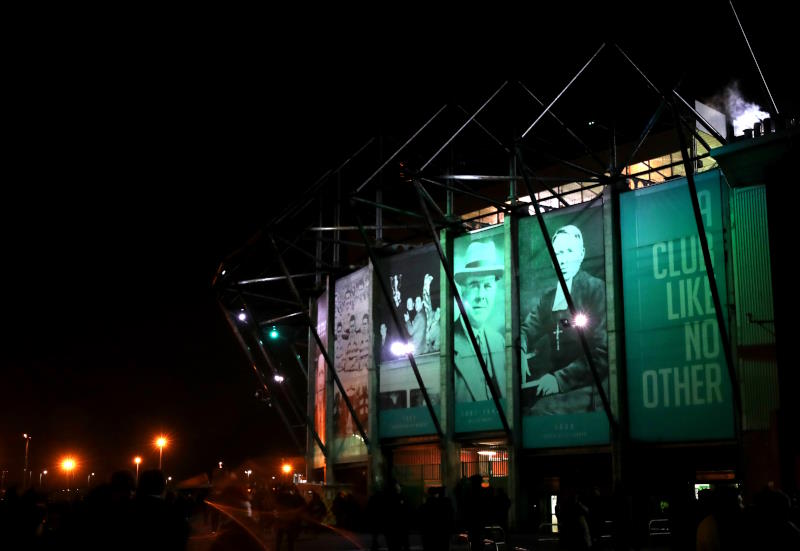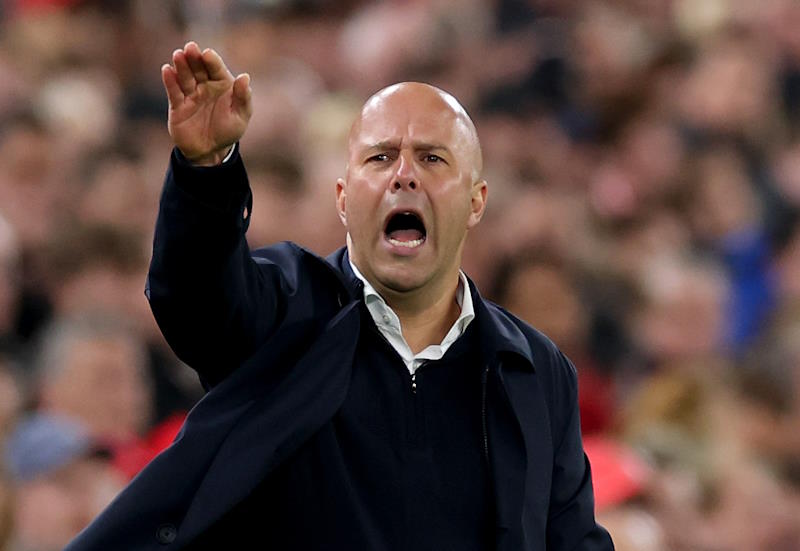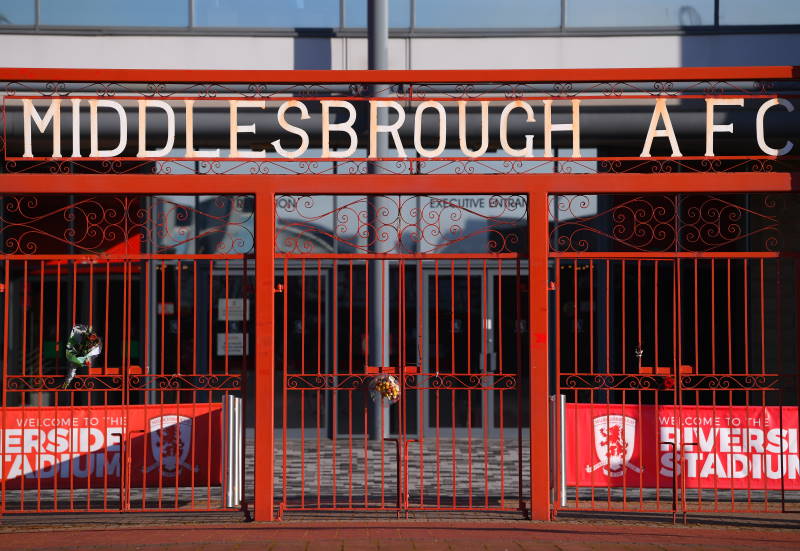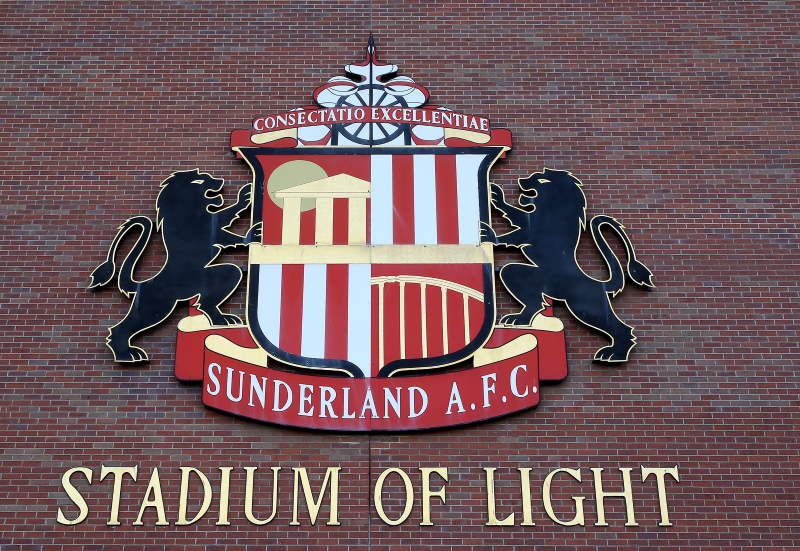
In recent seasons Barcelona have usually suffered a mid-season dip in February. It is a natural consequence of their training programme, geared as it is to ensuring the team reach the final months of the season in peak condition. Unfortunately, part of the effect of that is an impact on the team in this particular month of the season.
Usually the slump is a league defeat and maybe an unconvincing Champions League performance. This year it is far more concerning, with three defeats in four games, two of those to Real Madrid. While Barcelona’s La Liga form has ticked along, despite a 2-1 loss at the Bernabeu, a 2-0 first leg defeat in the San Siro against AC Milan in the Champions League gives them a challenge which on their present form looks insurmountable in the return at the Camp Nou.
Indeed, last week’s Copa del Rey second leg performance in the Catalan capital against Real Madrid was probably the worst the great Camp Nou has seen since a man called Pep Guardiola first stepped into the dugout as the club’s coach in 2008. Real Madrid were ruthless, brilliant on the counter-attack and intelligent defensively. Barcelona could not find a way to break them down and were not defensively strong enough to hold off the likes of Cristiano Ronaldo and Angel di Maria. In part this has to be put down to Jose Mourinho finding a way to beat his nemesis. In their last eight meetings, Real Madrid have lost just once to Barcelona, who had been so dominant at the start of the Portuguese’s reign in Madrid.
But Barcelona’s problems were apparent against AC Milan too, as they lost a week earlier. The same failings were also evident to some extent at the end of last season in the Champions League semi-final defeat to Chelsea. Although the English side were rather fortuitous in victory at the expense of the Catalans, the seeds of the problems to come were sown. Barcelona created enough chances to win both games, constantly hitting the woodwork throughout the tie. But Chelsea blocked off the area in front of the penalty box that Barcelona’s players love to play their tiki-taka football in. In doing so, they showed how to tackle this Blaugrana side.
Essentially, the tactic is for a team to get their own players back into that zone in front of the penalty area and let Barcelona have the ball in their own half, around the halfway line and on the flanks. But as soon as Barcelona try to bring the ball inside and pass it around in those dangerous central areas 30 yards from goal, press and harry them. Teams have realised that inviting Barcelona onto them by playing deep is too dangerous. But playing a high line and blocking off those areas they like to play in works, because as Barcelona look to work out a solution, their forwards become isolated. Lionel Messi goes running further back to get the ball, Pedro tries to run in behind, and cohesion is lost. As a result, Barcelona have looked uncomfortable in possession in dangerous areas, as opponents are saving their energy for that area of the pitch, happy to cede the advantage elsewhere on the field.
The answer to such tactics is essentially to do what Barcelona have always done, only better, and to play a more compact, and quicker game. The passing has to be swifter, more rapid, and players must play closer to each other. At times against Real Madrid in the Copa del Rey, Barcelona’s midfield trio were so far away from the front three that the kind of rapid interchanging of passing and movement the club are so famed for was almost impossible to achieve. That was because Real Madrid were pressing intelligently, trying to block off zones of the pitch and prevent Barcelona gaining territory in those key areas they love to exploit.
Similar tactics did for the Catalan giants at the San Siro, where they barely created a chance in a limp defeat. The club’s first league loss of the season came against Real Sociedad when they were down to 10 men and the Basques blocked off those areas in front of the penalty area. And because Barcelona’s play in general has been less controlled, slightly more direct and scattered than usual, teams looking to play such defensive tactics have had more success this season. Barcelona now must find a way to address this problem. Playing David Villa rather than Cesc Fabregas could help. Fabregas is a great player, but he takes up areas Andres Iniesta likes to occupy. Although he played well as a ‘false nine’ for Spain at Euro 2012 last summer, that role belongs to Messi. As a result, fitting Fabregas into the team seems to duplicate functions already being performed and reduce the number of cutting runs in behind that stretch opponents.
Iniesta himself thinks the club need to get the basics of their game right again. “When things are not going well, it is because we have not done things right. I won’t get into the mistake of not looking at us. We have not done things right to win, that’s for sure. That is the perception that we have to see and work at currently. For that we have our coaches who we trust.”
The midfielder’s backing for assistant coach Jordi Roura is admirable, but valid questions are being asked about whether in appointing the assistant to Guardiola’s old assistant to fill in while Tito Vilanova receives cancer treatment, Barcelona have lost some leadership from the touchline. If they cannot get out of their slump quickly, those questions will become more pronounced and pressure will grow on those at the top to consider alternative solutions. Whatever will ultimately cure the club’s current problems, Roura clearly has a tough job on his hand to try and rediscover the heights of previous years for this great Barcelona side.
Betting on football? Check out Inside Bet before you bet!

